Plastic waste in Healthcare
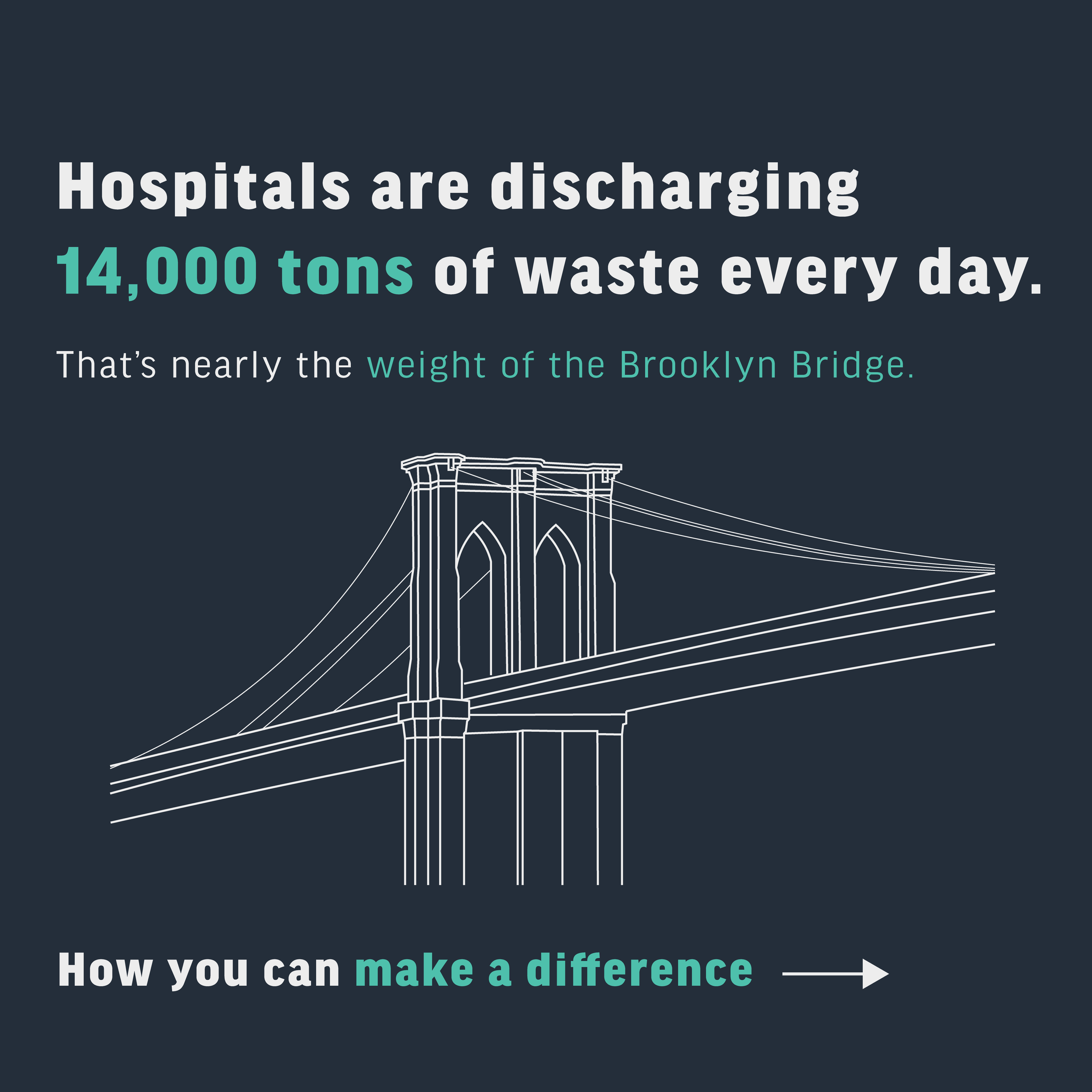
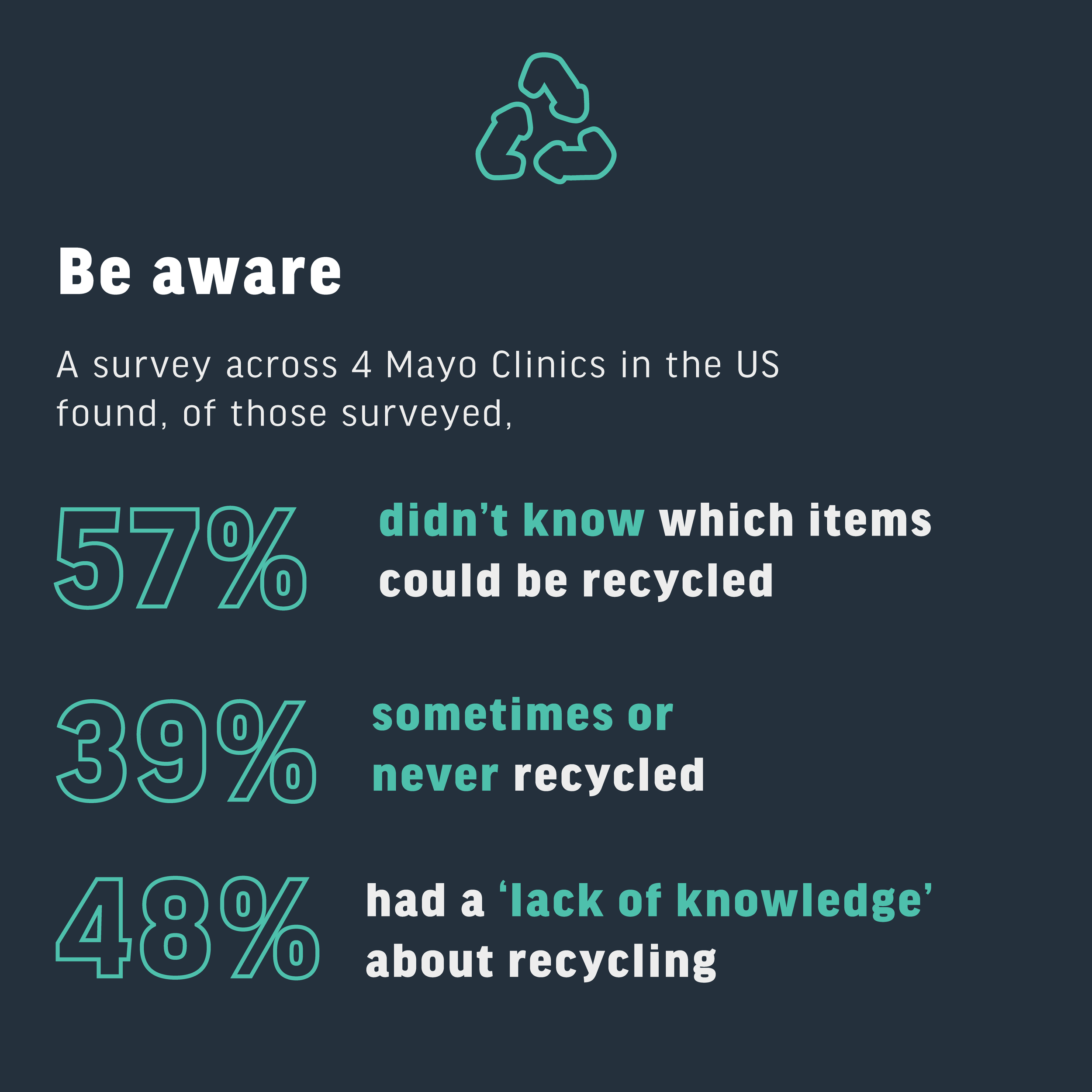
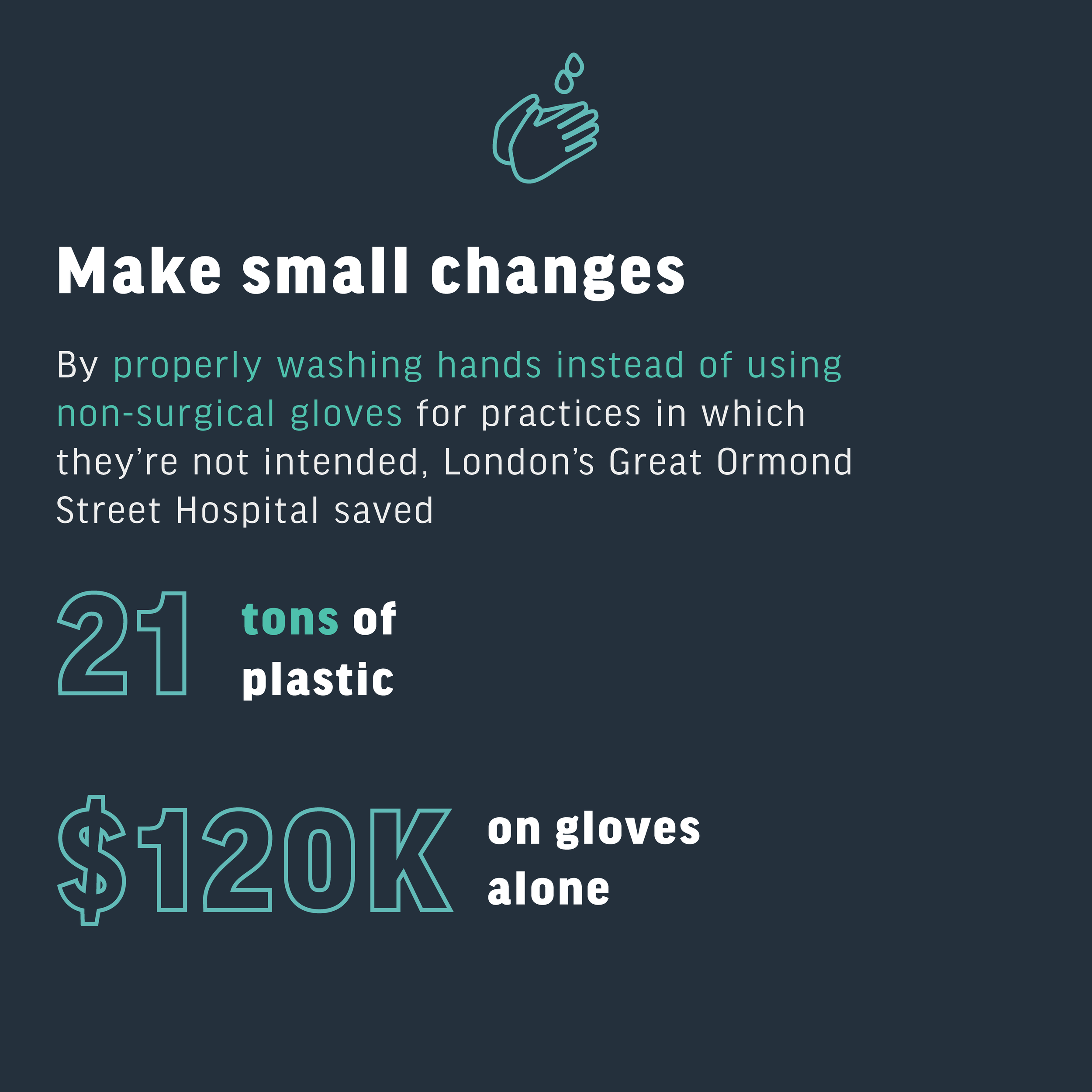
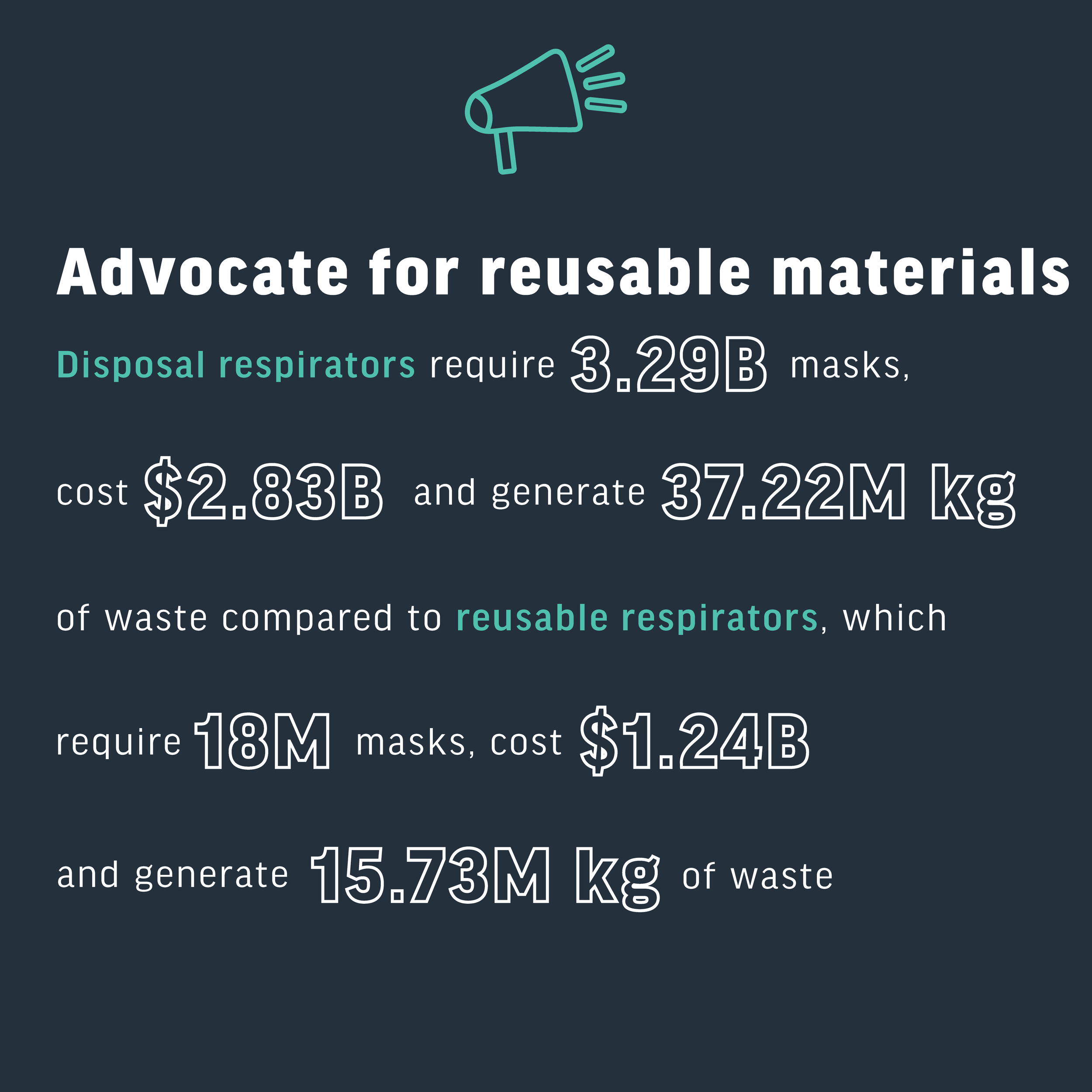
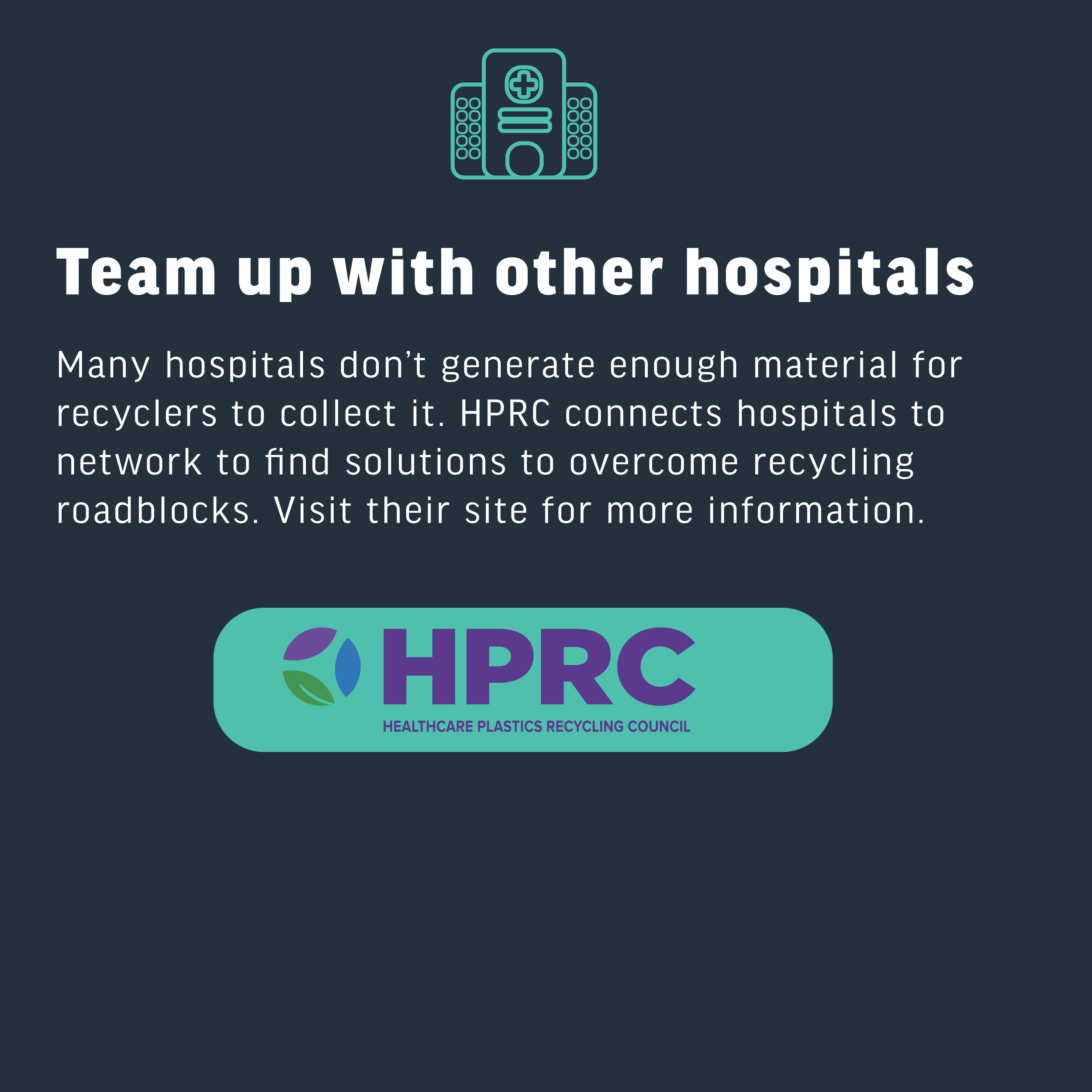
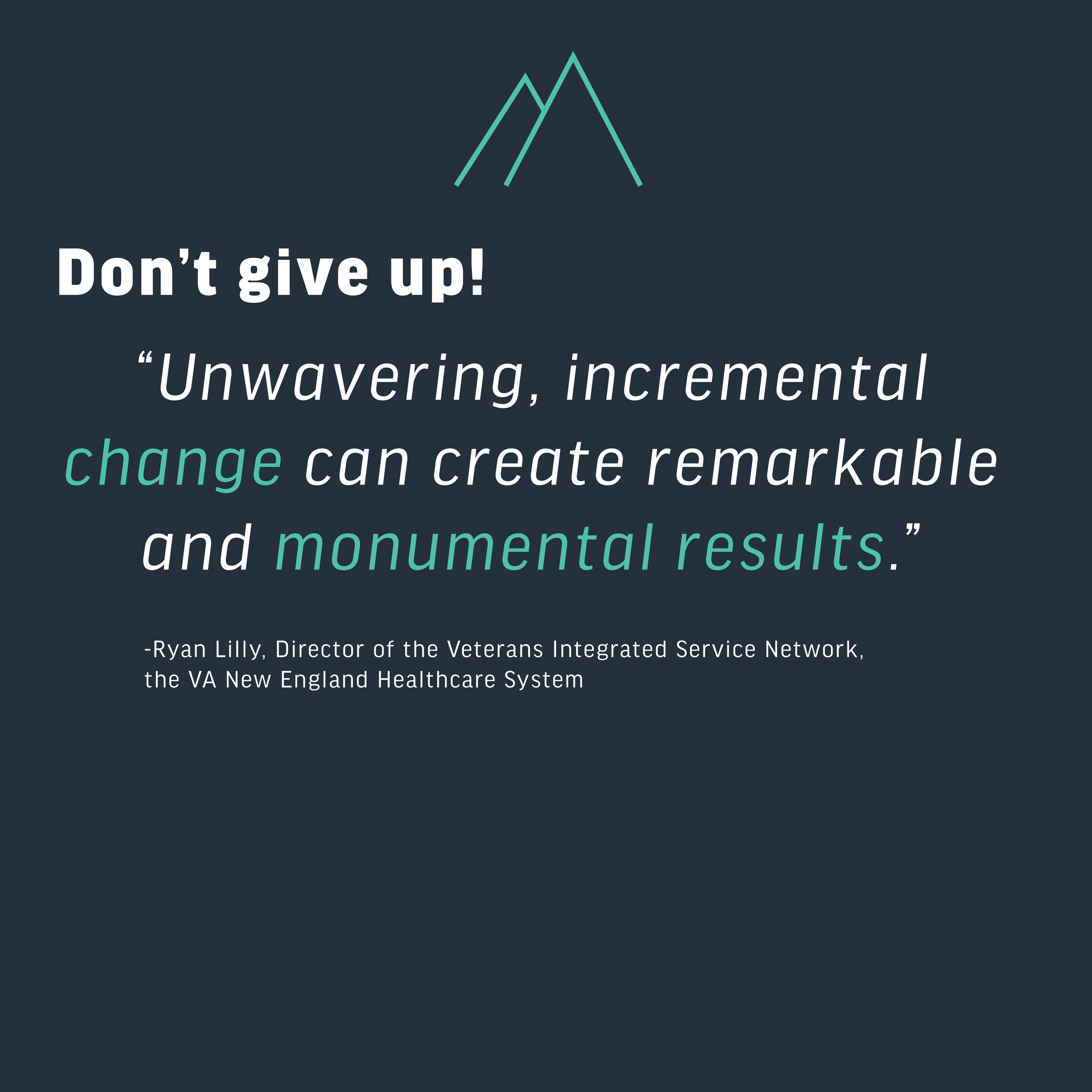
Reduce, reuse, recycle. This iconic campaign introduced the concept of recycling to us before we could fully grasp what it was preventing. When we were kids, it was easy to put scratch paper in the recycling bin after class, or recycle cans and boxes at home. However, following the three R’s require much more effort in an institutional setting, and established practices often seem to take the option out of an individual’s hands. Hospitals are one of the largest contributors to global waste, and while some of it is hazardous and must be incinerated, the majority is not. So, why isn’t it being disposed of in a more earth-conscious fashion? And what can individuals do to change this?
Hospitals are generating approximately 14,000 tons of waste per day in the United States. To put this in perspective, the Brooklyn Bridge weighs about 14,680 tons. Essentially, hospitals in the United States are dropping one Brooklyn Bridge of waste into the environment day after day.
Crazy, right? More like terrifying.
Practice Greenhealth estimates that 20-25% of this waste is plastic packaging and plastic products. For the sake of sterilization, hospitals utilize disposable instruments to eradicate the chance of cross-contamination and infection. Once used, these materials are sent to landfills or to incinerators, where they will seep into the environment and do their damage for years to come.
Fortunately, not all of this waste is a biohazard, only approximately 15% is considered to be, which means there’s room to do better.
There are different ways to do this, both big and small. These few steps can help you reduce, reuse, recycle, and protect our planet.
5 Ways to reduce plastic waste
1. Be aware. Take note of your personal practices. In a survey conducted across four Mayo Clinic locations in the United States, 57% of those surveyed didn’t know which items in operating theatres could be recycled, 39% said they either sometimes or never recycled, and that 48% had “a lack of knowledge” about recycling. Ask yourself how much plastic you’re using during your shift. Is any of it recyclable? Are there recycling bins around your place of work? If you don’t know the answers to these off of the top of your head, make it a goal to find out.
2. Make small changes. Are there practices being completed with disposable PPE that don’t require it? For example, Sonia Roschnik observed that nurses at London’s Great Ormond Street hospital chose to wear non-surgical gloves rather than washing their hands, to perform tasks in which the gloves were not intended, such as moving beds and bathing babies. The staff changed their practice and the hospital was able to save 21 tons of plastic and $120,000 on plastic gloves alone. Perhaps you notice a similar situation occurring at your place of work. Questioning these practices and learning why they’re done a certain way can help you find a way to positively enact change.
3. Advocate for the use of reusable materials where possible. Your personal safety and the safety of others must come first; however, technological advancements and innovation can lessen our plastic dependency without compromising this. In the study, Thinking green: modeling respirator reuse strategies to reduce cost and waste, published in BMJ Open, the impact of respirator extended use and reuse strategies were compared with regard to cost and sustainability during the COVID-19 pandemic. Under the assumption of universal masking of all healthcare workers using one respirator per day for six months, 3.29 billion respirators would be required, costing $2.83 billion and generating 37.22 million kg of waste. Within the same parameters, a reusable respirator with daily disposable filters would require only 18 million respirators, cost $1.24 billion, and generate 15.73 million kg of waste. Replacing disposable materials with reusable alternatives can save money in the long run and significantly lessen the current magnitude of waste.
4. Team up with other hospitals to recycle. While hospitals generate a lot of recyclable material, oftentimes it’s not enough for a recycler to accept it. One way to overcome this roadblock is to team up with others. The Healthcare Plastics Recycling Council can help connect your hospital to a recycling network. In addition to this program, they offer a myriad of resources for hospitals to become more sustainable. Check them out here.
5. Lastly, don’t give up! All efforts, big and small, are good efforts. As Ryan Lilly, Director of the Veterans Integrated Service Network, the VA New England Healthcare System, says, “Unwavering incremental change can create remarkable and monumental results.” Keep learning, keep trying, and keep up the good work. Together, we can keep the Brooklyn Bridge over the East River and out of our landfills.
